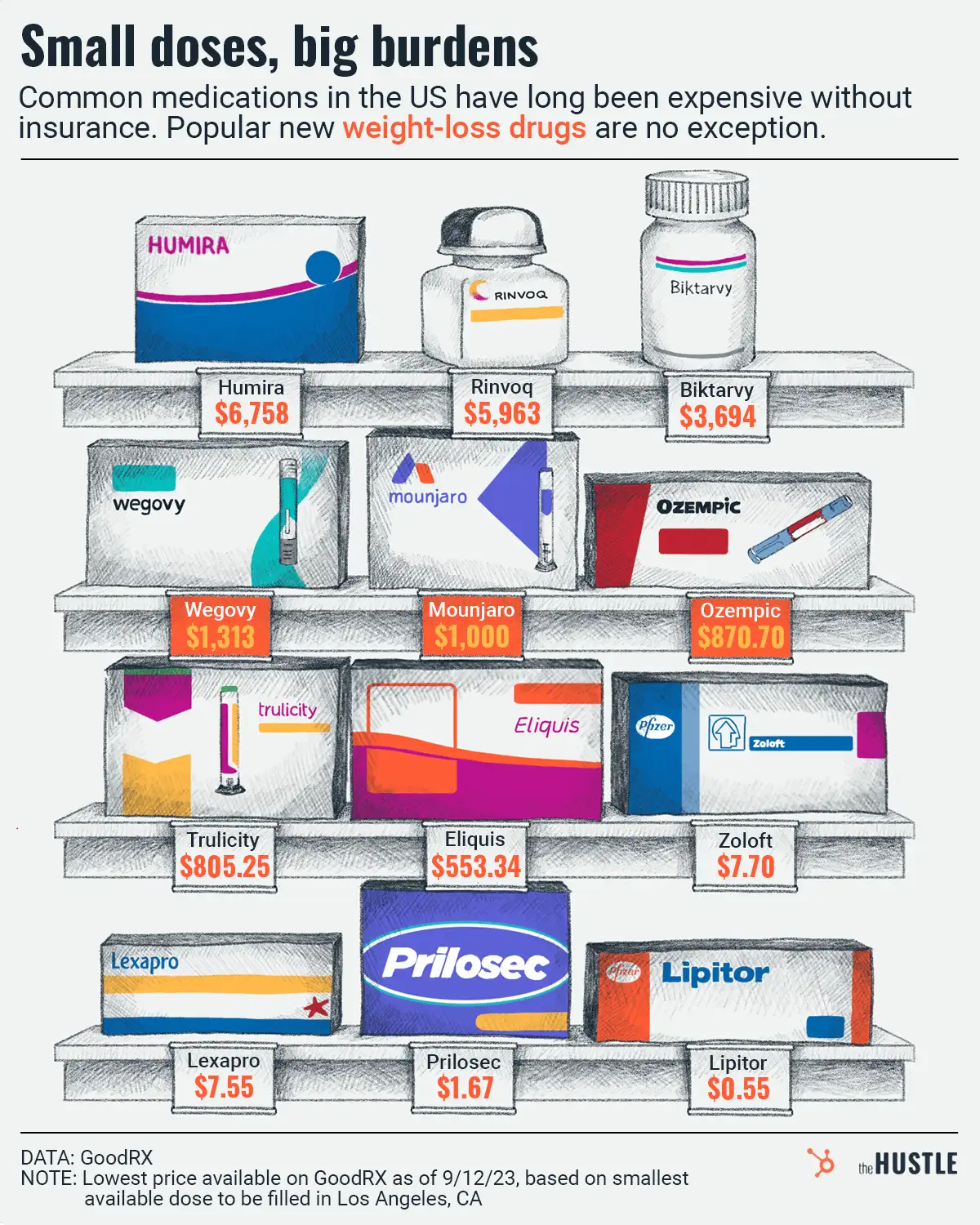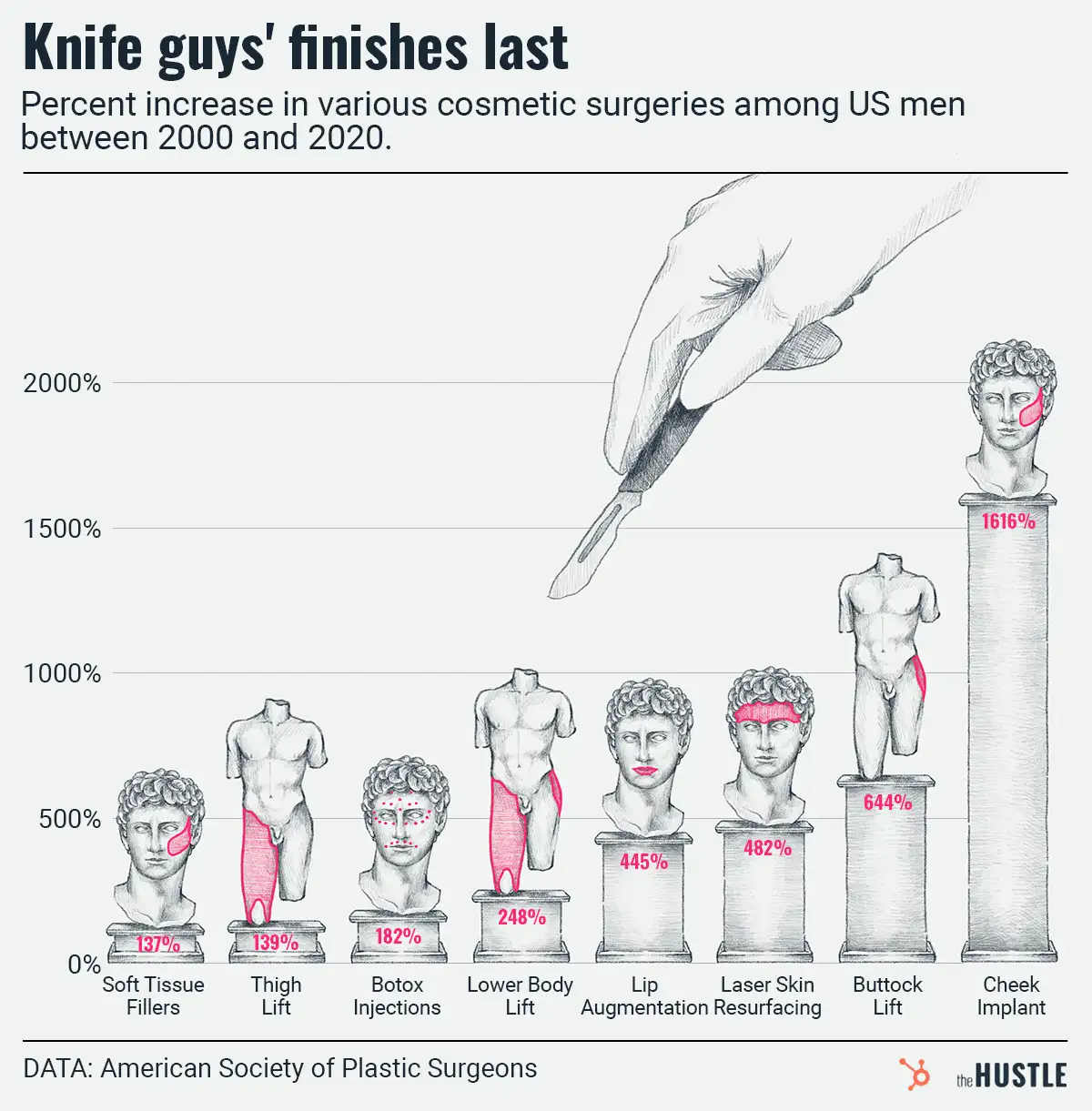Intermittent fasting has improbably become the hottest productivity trend in Silicon Valley.
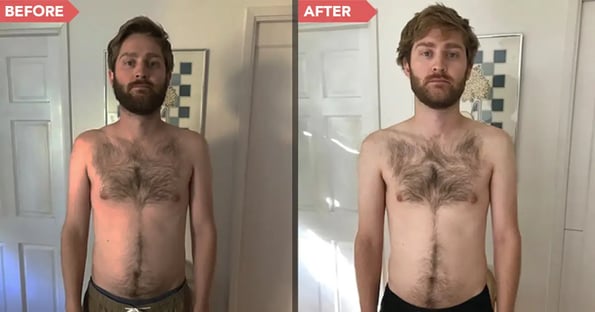
In an effort to harness focus and brainpower, entrepreneurs — or even whole teams of startup workers — starve themselves for large blocks at a time. Certain gurus go as long as 15 days without food.
Every faster I talked to gave the art of not eating glowing reviews. They said it made them feel like a million bucks — gave them the mental fortitude and physical jolt they always felt they lacked. In a Guardian interview, Phil Libin, the former CEO of Evernote, said fasting is one of the “top two or three most important things” he’s ever done in his entire life. One person even described the feeling on day 3 of a fast as having “super powers.”

So, in the spirit of being more productive (and wanting to bend metal with my mind), I decided to try it out for myself.
Unfortunately, what I found during my two-week fast is that I am not a superhero — just a normal, everyday, average American human who tirelessly complains when I don’t get to eat when and what I want to.
But did it make me more productive?
The rules
The first thing I had to do was find a fasting guru — a certified expert who could set me on the right path, and guide me through the journey of starvation.
So, I turned to Geoff Woo, the CEO of nootropics company, HVMN.

Now, the Woo’ster is a real biohacking nut. He not only launched the well-known “smart drugs” company Nootrobox (now HVMN), but created WeFa.st — a Slack-based fasting support group where fasters trade research, coordinate events, and taunt each other with food. For a first time faster, I was in pretty good company.
“It’s going to suck,” Geoff promised early on. “There’s an adaptation period your body has to go through after going from a standard Western diet (carb-heavy) to not eating. [In the beginning] you’re going to be caught in a state where you have low blood sugar, and it won’t be fun.”
Geoff threw out two options for a fast I could try: one for super fit people who work out daily, and one for those who are not so fit. I fit in the latter category, so he suggested I try the 36 hour Monk Fast.
Here’s how it works:
Monday AM: I eat a healthy breakfast
Monday—Wednesday PM: I drink nothing but water (or low-cal coffee) for 36 hours
Thursday AM—Sunday PM: I transition to a “16:8” regimen, or 16 hours of fasting, followed by 8 hours of regular meals (AKA, skip breakfast and eat lunch + dinner)
Repeat the cycle starting Monday
With a plan in place, I took a deep breath and prepared for life as a productive superhuman.
Week 1
Monday AM
I woke up early and ate my only meal for the next 36 hours: my favorite Trader Joe’s organic frosted cherry pop tart.
Then, I threw on a pot of coffee and opened my computer. It didn’t dawn on me until later that I should’ve had a much bigger breakfast for my last meal.
Monday—Wednesday PM
As Monday wore on, I could only think about what I had gotten myself into. Not exactly a productive use of my mental energy.
By the end of the first day, I’d become acutely aware of the privilege I enjoy as a writer: Would I be able to maintain this lifestyle were I on my feet all day? Were I more physically active, could I sustain fasting? My guru, Geoff, had regaled me with tales about how he works out while fasting.
On Tuesday, I figured I’d go on a jog and take my mind off my new urge to hunt and eat a wild Los Angeles street animal.
It didn’t turn out well.
I made it once around my block before I fully lost feeling in my face and had to hobble home to confirm it was still attached to my body. (Sure enough, a bright red tomato with blue eyes stared back at me in the mirror.)
Weak throughout the rest of the day, I never fully recovered from my run, and became very unpleasant to be around. My girlfriend had the pleasure of being off work that day — and as I rattled and cursed my computer, she decided to start her own fast… from me.
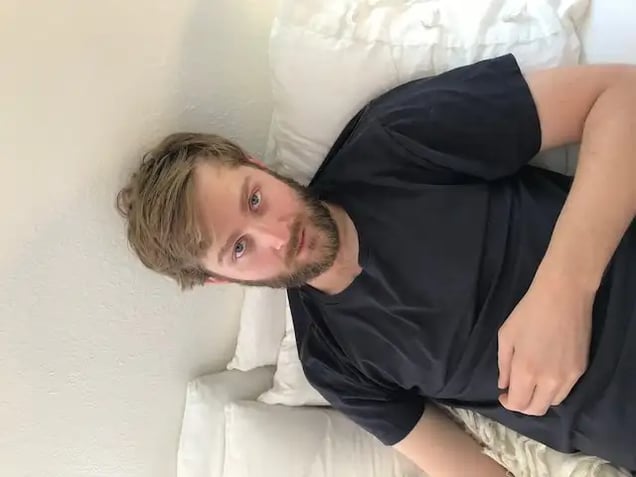
I remained positive. Everyone I spoke to had told me the first two days were the hardest. I just had to bide my time until that all-encompassing third day came around — AKA, the day I was told I’d become Productivity Boy: killin’ it by day, cashing hard-earned checks by night!
On Wednesday I woke up, good news, I didn’t feel hungry anymore. But, alas, no superpowers — unless feeling shaky and hollow is a superpower, but I certainly haven’t seen Marvel or DC make any movies about that guy.
Later that day, feeling pissed and petulant, I fended off my bi-weekly dinner with friends, as I knew I wouldn’t be able to resist our usual nacho-esque eats were they thrust in front of me.
But hey, canceling on them freed me up to do more work late that night, soooo, productivity point? Yeah, sure. But I still had to muster the energy to focus, which didn’t exactly happen until I broke my fast — we’ll give it a half productivity point.
It was truly remarkable how fast I came back to my normal self after I shoved food into my mouth hole that night — healthy fats only, of course.
Thursday AM—Sunday PM
I entered into my 16:8 food regimen on Thursday, meaning for the rest of the week (Thursday to Sunday), I would have to skip breakfast, but lunch and dinner were there for the taking.
To make sure I did everything in my power to be more productive during my experiment, I chose to eat a healthy fat meal that consisted of only a few things: a mashy delight of two over easy eggs, two avocados, and unsalted almonds.
All in all, Monday through Wednesday was a shaky, light headed hell. Instead of dialing in, I found it almost impossible to dial down the noise of my body screaming at me to eat something.
Thursday through Sunday was fine. Normal energy, but definitely had to make a conscious choice to watch what I ate. Aka no fun.
Week 2
Monday AM
This time, I ate a heartier “farewell” meal: eggs and avocados, of course.
Against the wishes of my confused body, I felt more prepared and confident going into week 2. That is, until I realized I made a huge mistake.
While double checking my 36 hour fasting instructions, I realized I was, in fact, not doing a 36 hour fast at all, but the 60-hour “Himalayan” fast regimen intended for fit people — a fast that an expert like Geoff never would’ve recommended for someone as pathetic as I.
Going back and doing the math, eating breakfast on Monday, then fasting until dinner on Wednesday is approximately 60 hours. For an entire week, I’d endured the more difficult fast.
For consistency’s sake, I decided to stick with the regimen for week 2.
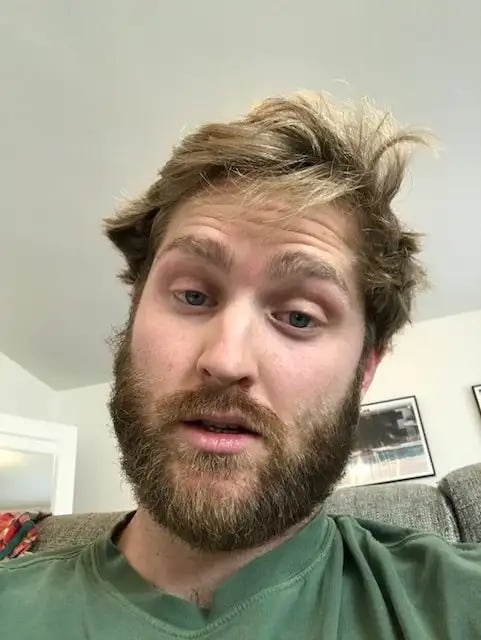
Monday—Wednesday PM
For the remainder of Monday (2 days before Halloween), I grappled with the fact that I couldn’t eat 40 mini-Snickers bars.
But on Tuesday, I made a breakthrough: my body came to peace with the fasting regimen — my hunger had dissipated like last week, and interestingly enough the shakes went away.
By Wednesday I felt my body had pretty much fully acclimated. No headaches, no shakes, and no hunger pains, but that’s not to say I wasn’t hungry.
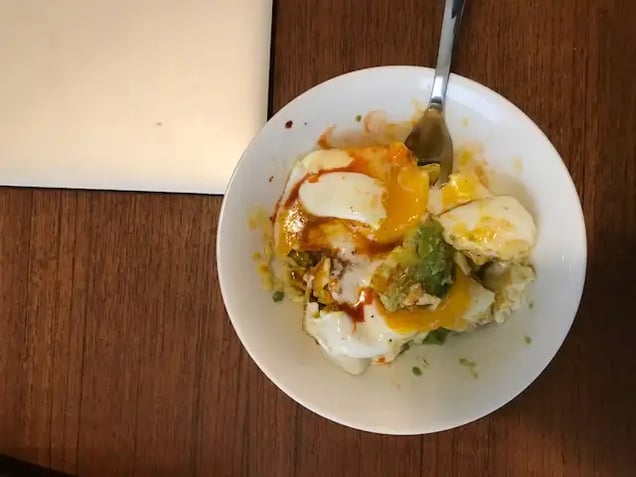
This was definitely the highest point of my two week fast. I had learned to deal with the pain, my focus had all but adapted, but still, I didn’t feel any extra energy. These all powerful productivity gains from not eating were still nowhere to be found.
Thursday AM—Sunday PM
By this point, I still felt perplexed about the notion of fasting for productivity.
Yes, not thinking about food is one less thing to focus on — but does it really free up that much more time for work? I certainly didn’t feel that to be the case.
And more generally, why is making more time for work something regular fasters wish to achieve? I get trying to be more healthy, but do we really need to cut out essential, everyday things to accomplish more with our careers? Is that healthy? What ever happened to work/life balance?
I needed to talk to a doctor.
A little doctor visit
In my research, I found intermittent fasting to be quite polarizing amongst medical professionals, with many conflicting studies and articles both for and against the trend.
Studies conducted by Harvard’s School of Public Health found that “intermittent fasting and manipulating mitochondrial networks may increase [one’s] lifespan.” But other doctors were concerned that intermittent fasting could reboot your system in a bad way, ridding the body of fresh, white blood cells, and leaving the body with older, less healthy ones.
Silicon Valley doctor, Molly Maloof, explained to me that, while she believes there are health benefits to fasting, it’s important to know what you’re getting into.
She recommends “strategic fasting,” like fasting during a long flight abroad to help regulate your circadian rhythms, or on weekends, to help “reacquaint your body with hunger.”

One thing the scientific wellness doctor doesn’t recommend is fasting during the workweek, when people are generally more stressed: “The most important thing with fasting is to understand your level of stress management,” she tells me.
“If you’re under the gun at work and you feel that you’re already at a high stress level, fasting will only hinder your focus… When you’re stressed, the most important thing you can do is feed your body.”
Unfortunately it took fasting for me to realize I have very poor stress management.
Fasting: yay or nay?
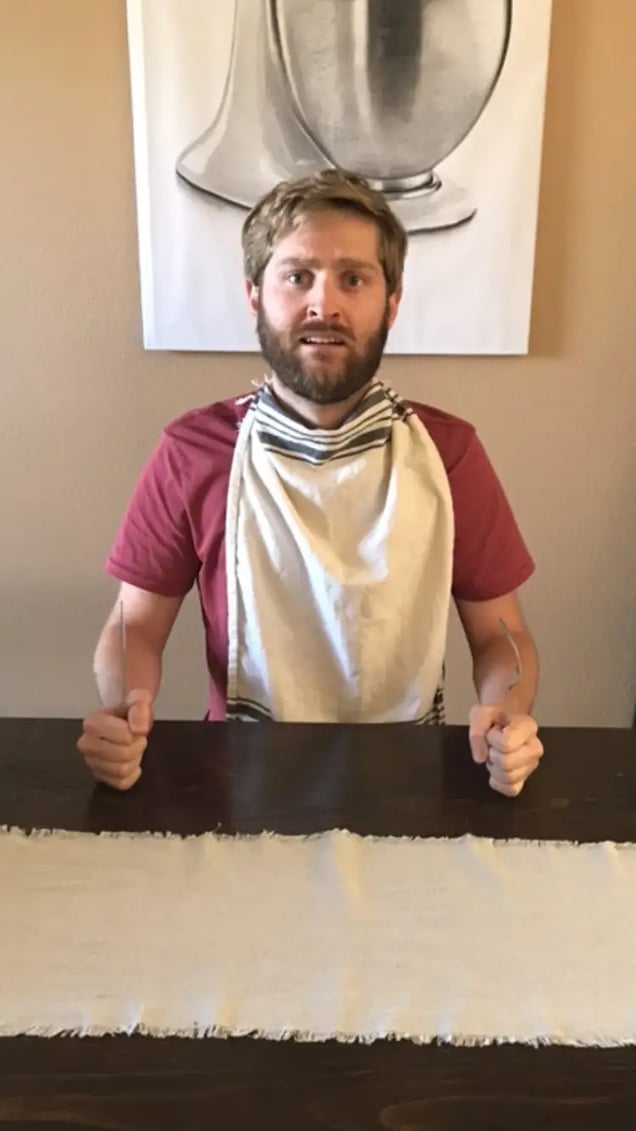
Did fasting help me become more productive? No.
Does that mean it doesn’t work for others? Absolutely not. Everyone’s body is different, and it’s never a bad thing to experiment to find what works.
It wasn’t all useless though. Fasting made me realize that this crazy little thing called eating pretty much shapes my every waking moment — not out of necessity, but out of ritual. I’ve conditioned myself to eat when I feel like it because I can, not because I need to. And that is something I need to be better about both mentally and physically.
A 60-hour fast (or even a 36-hour fast) may not be for me, but it taught me a lot about myself. Like, maybe I should exercise more than twice a year, and also maybe I shouldn’t eat 40 Snickers bars on a bad day because I can.
It also taught me that I am even worse at math than I originally thought.








